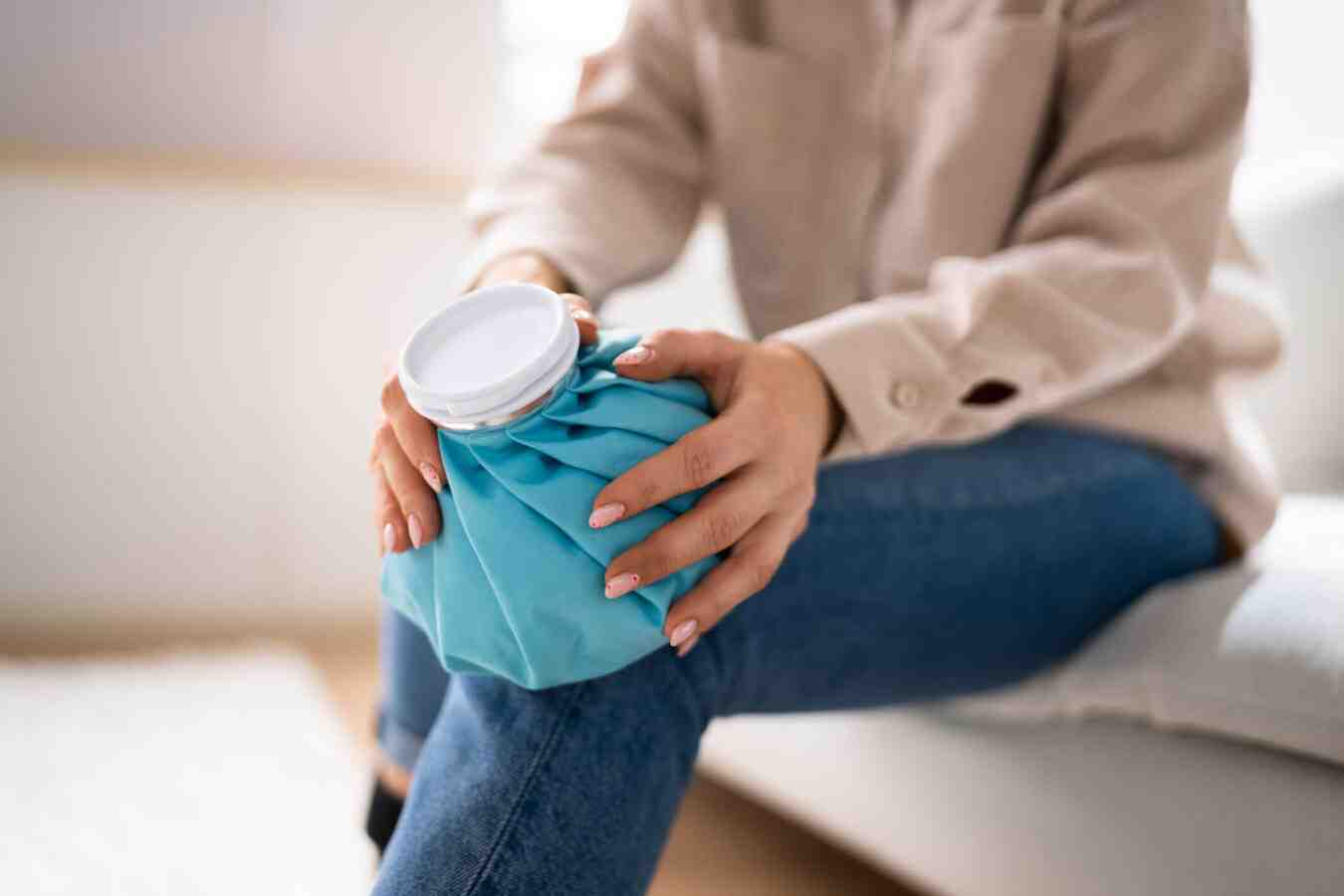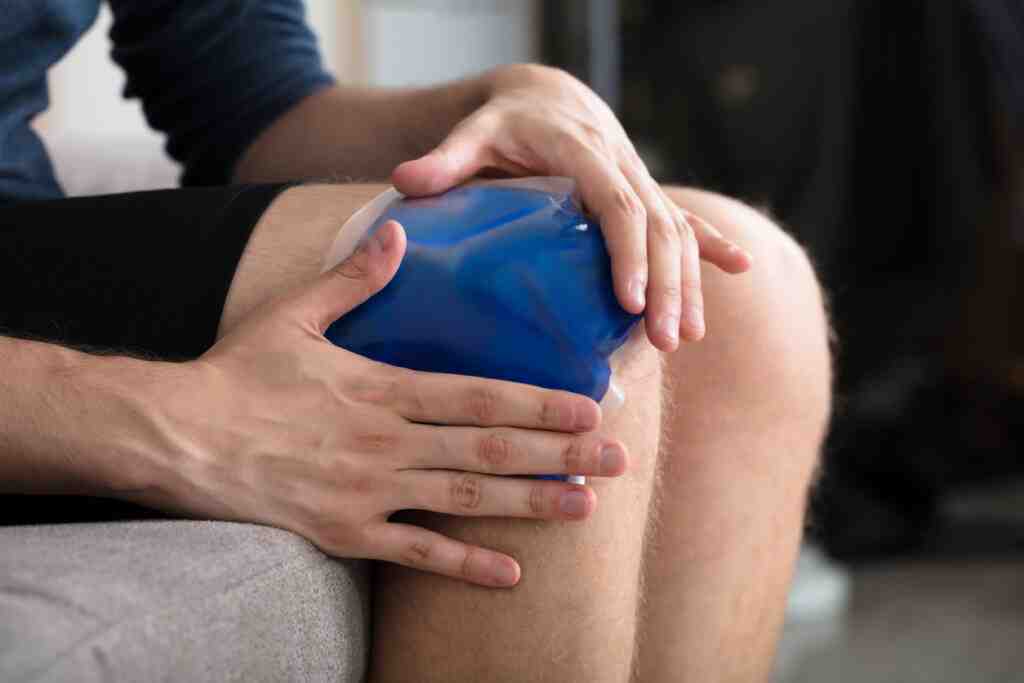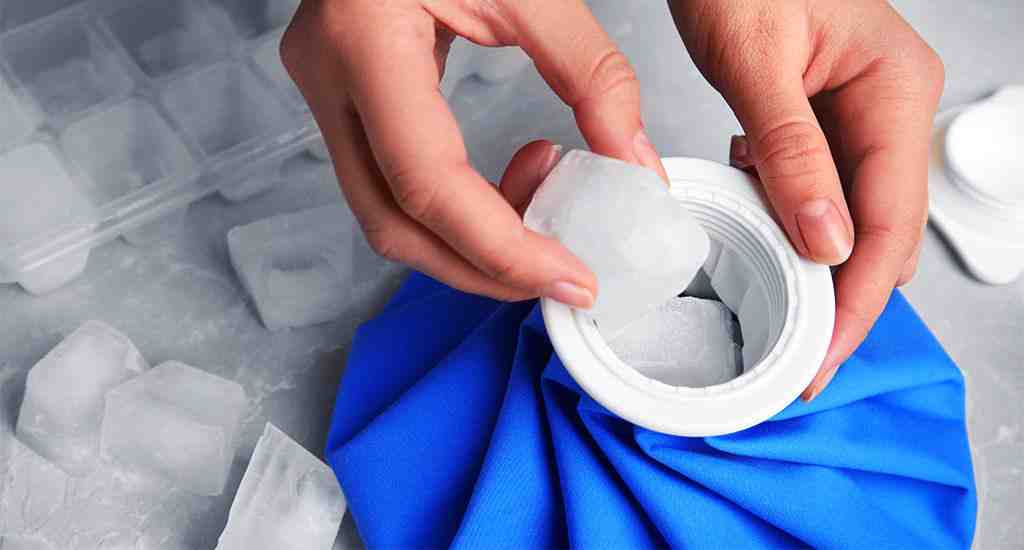
The Benefits of Cold Therapy and Ice Baths
Cold therapy has garnered significant attention within the holistic and alternative wellness community. Many people, from pro athletes to wellness fans, now use ice-cold water or cryotherapy for recovery and health. But what exactly is cold therapy, and why has it become such a pivotal part of recovery routines? In this article, we will explore the benefits of cold therapy and ice baths. We will look at how they work and share the best ways to add cryotherapy to your wellness routine.
Cryotherapy, also known as cold therapy, is when cold temperatures are applied to the body for therapeutic treatment. This may include full-body immersion in traditional ice baths, separating body parts in ice packs, or cryo chambers. The target is to improve the immune response, increase recovery, and support health. However, outside of these few benefits, there are a number of benefits of cold therapy that go beyond the surface level.
Key Benefits / Why It Matters

Reducing Inflammation and Swelling
One of the most well-known benefits of cold therapy for recovery is its ability to reduce inflammation and swelling. When the body is exposed to cold temperatures, blood vessels constrict, which helps decrease blood flow to the affected area. Vasoconstriction is helpful after intense exercise. It reduces muscle soreness and speeds up recovery.
Enhancing Muscle Recovery
Cold therapy plays a crucial role in enhancing muscle recovery. By reducing inflammation and swelling, it allows muscles to heal more efficiently. This helps athletes and active people a lot. It prevents muscle fatigue and speeds up recovery. Ice baths can greatly reduce delayed onset muscle soreness (DOMS). This helps people stick to their exercise routines without lasting pain.
Boosting Circulation and Immune Function
Cold therapy initially constricts blood vessels. It subsequently promotes improved circulation as the body warms up post-treatment. Better circulation brings oxygen and nutrients to muscles and tissues. This supports recovery and boosts vitality. Regular exposure to cold temperatures can boost immune function. It helps produce more white blood cells and strengthens the body’s natural defences.
Mental Clarity and Stress Reduction
Beyond the physical benefits, cold therapy also offers significant mental advantages. The shock of cold exposure triggers the release of endorphins, which are natural mood enhancers. This can lead to improved mental clarity, reduced stress levels, and an overall sense of well-being. Many people find that using cold therapy in their routine helps them handle stress better. It also boosts their mental strength.
Step-by-Step Guide / Actionable Insights

How Ice Baths Work
Ice baths, a popular form of cold therapy, involve immersing the body in a tub of ice-cold water for a set period. Cold temperatures tighten blood vessels and lower inflammation. Then, warming helps boost circulation and speed up recovery. Here’s a step-by-step guide on how to effectively use ice baths:
Preparation
- Set Up Your Ice Bath: Fill a tub with cold water. Add ice cubes until the temperature is 10-15°C. Make sure the water covers the areas you want to target.
- Gather Necessary Supplies: Have a towel, warm clothing, and a timer on hand. It’s also advisable to have a warm drink ready for after the bath.
Immersion
- Enter the Ice Bath: Slowly immerse yourself in the ice bath, starting with your feet and gradually submerging your entire body. It’s normal to feel a shock to the system initially.
- Set a Timer: Aim to stay in the ice bath for 10-15 minutes. Beginners may start with shorter durations and gradually increase their time as they become more accustomed to the cold.
Post-Bath
- Warm Up Gradually: After exiting the ice bath, dry off and put on warm clothing. Avoid taking a hot shower immediately, as this can negate the benefits of cold therapy.
- Hydrate and Rest: Rehydrate with water or a warm beverage and allow your body time to adjust. Rest for a few minutes before resuming any physical activities.
Best Ways to Use Cryotherapy
Cryotherapy comes in various forms, each offering unique benefits. Here are some of the best ways to incorporate cryotherapy into your wellness routine:
Whole-Body Cryotherapy
Whole-body cryotherapy involves standing in a cryo chamber. The body is exposed to extremely cold temperatures for a few minutes. This method works well. It reduces inflammation, boosts circulation, and improves recovery.
Targeted Cold Therapy
If you have specific injuries or sore muscles, targeted cold therapy can help. Ice packs or cold compresses are great options. This method targets the affected area directly. It offers quick relief and helps reduce inflammation.
Cold Showers
Incorporating cold showers into your daily routine is a simple yet effective way to experience the benefits of cold therapy. Start with a warm shower and gradually reduce the temperature, allowing your body to adapt to the cold.
Additional Expert Tips & Common Mistakes to Avoid
Expert Tips
- Consistency is Key: To reap the full benefits of cold therapy, make it a regular part of your routine. Consistent exposure to cold temperatures can enhance recovery and improve overall well-being.
- Listen to Your Body: Pay attention to how your body responds to cold therapy. If you experience discomfort or adverse effects, adjust the duration or intensity of your sessions.
- Combine with Other Recovery Methods: Cold therapy can be complemented with other recovery techniques. These techniques include stretching, massage, and proper nutrition for optimal results.
Common Mistakes to Avoid
- Overexposure: Staying in cold weather for too long can cause problems like frostbite or hypothermia. Always adhere to recommended durations and temperatures.
- Neglecting Warm-Up and Cool-Down: Failing to properly warm up before and cool down after cold therapy can diminish its benefits. Ensure you allow your body time to adjust before and after each session.
Advanced Insights / Expert Recommendations
Exploring the Science Behind Cold Therapy
Recent studies have delved into the science behind cold therapy, revealing its impact on the autonomic nervous system. Cold exposure activates the sympathetic nervous system. That leads to the release of norepinephrine, a hormone that plays a role in reducing inflammation and enhancing mood. Knowing how our body reacts helps us see the benefits of cold therapy. It also shows how we can use it in different wellness practices.
Incorporating Cold Therapy into Holistic Wellness
Cold therapy can be a powerful addition to a holistic wellness routine. Combining it with activities like meditation, yoga, and mindfulness can boost both physical and mental health. Cold therapy and holistic practices work well together. They can help you manage stress better, boost your energy, and improve your sense of balance.
Unlocking the Power of Ice Therapy

The benefits of cold therapy and ice baths extend well beyond physical recovery. These are critical Jenga blocks in your wellness plan. They reduce inflammation, aid muscle recovery, and boost mental clarity and immune function. When experimenting with cold therapy, listen to your body. So stick with it, and combine it with other recovery methods. In this way, you could deeply enjoy cold treatment and acquire the main benefit of it concerning your prosperity.